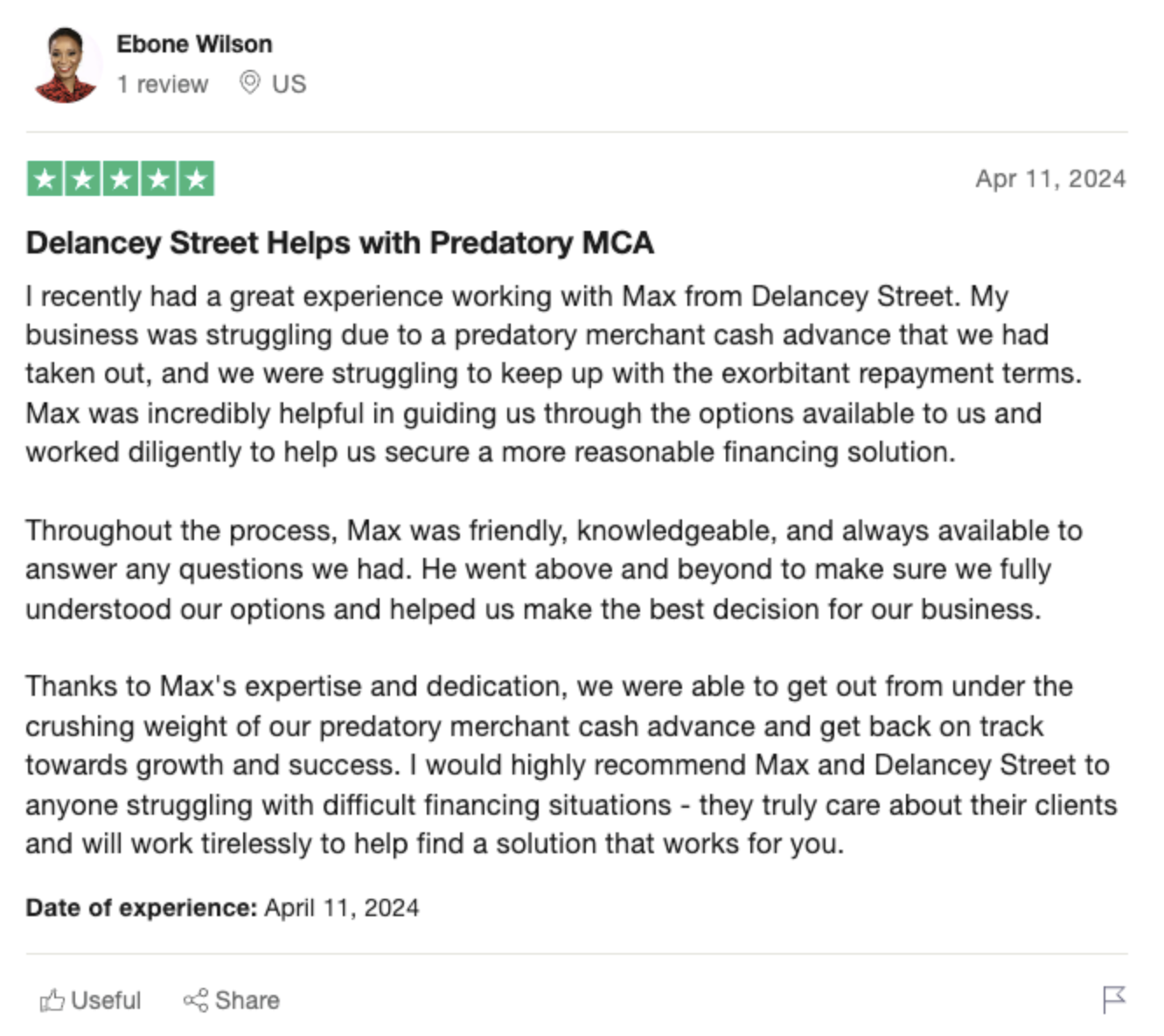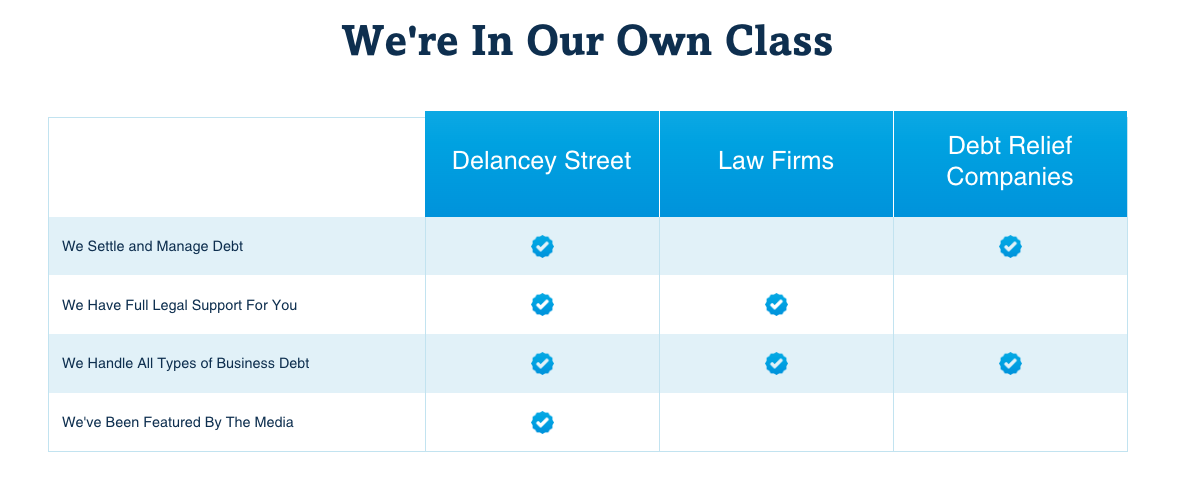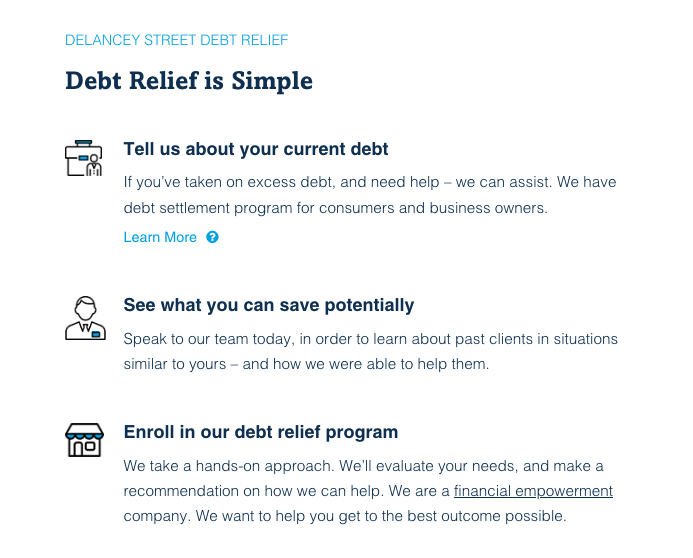Got a UCC Lien from a Business Loan? How to Remove It Once Repaid
So your small business needed a bit of a cash flow boost a while back. You took out a loan using your equipment or other assets as collateral. Not an unusual situation these days! But now that loan has been paid off for months and your still seeing a UCC lien listed against your company. Annoying right? This article will walk you through getting that lien removed so you can move on.
 -
-What is a UCC Lien Anyway?
Let’s start with brass tacks here. What the heck is this UCC thing? UCC stands for Uniform Commercial Code, which is a set of state laws about commercial transactions like sales and loans (thrilling stuff I know). More specifically, a UCC financing statement gets filed by a lender as public notice that they have a security interest in a debtor’s personal property.
So for instance, when you took out that business loan, you probably pledged some equipment, inventory or accounts receivable as collateral. Well the bank went and filed a UCC statement staking their claim to those assets if you defaulted. Good thing you paid off that loan! But now the statement is still chilling on your credit report even though the loan is long gone.
Why Hasn’t the Lien Been Removed Yet?
Now you’re probably wondering — why the heck is that UCC lien still there if my loan has been paid off for months? Is the bank trying to torment me? Did they lose my final payment or something? While its possible there is some administrative snafu, most likely the lien is still there simply because removing it involves an extra step.
When a lender files a UCC statement to secure a loan, they don’t have to take any action to remove it once satisfied. The financing statement just sits there on record until it lapses after 5 years (or longer in some states). So unless you specifically request it, the bank has little incentive to take care of removing a lien they no longer need. After all, the paperwork does not cost them anything extra to keep active.
 -
-How Do I Get This Removed Now?
The good news is getting a satisfied UCC lien removed is usually pretty straightforward. Here are the typical steps:
- Contact your lender and request a “UCC Termination Statement.” This is a simple filing that officially releases their security interest in the formerly pledged collateral.
- Submit the UCC termination statement to your state UCC filing office. This is usually the Secretary of State or Lieutenant Governor’s office.
- Confirm the UCC termination statement was processed by checking your business credit report.
See – simple right? Just reach out to your lender, get them to file the paperwork, send it to the state, and verify its done. Of course I’m making it sound easier than it always is. Let’s get into some finer points on this process.
Step 1: Getting Your Lender to Cooperate
Reaching out to your lender’s servicing department and asking for a UCC termination statement is straightforward. But that doesn’t make the process frustration-free. Here are some things to keep in mind:
- Check your loan agreement first – Some modern commercial loan contracts actually have clauses requiring the automatic release of liens upon full repayment. If that language exists, you can use it as leverage with the lender.
- Call their centralized lien release department – Large banks especially have specialized teams to handle lien removals. Ask for that department instead of a random customer service rep.
- Follow up relentlessly – Getting banks to file paperwork in a timely manner can be pulling teeth. Politely pester them with calls and emails every couple days till its done.
- Escalate to management if needed – If frontline employees are not cooperating, don’t be afraid to politely ask for a supervisor. Threatening to switch banks may also get their attention.
Dealing with big bureaucracies is never fun. But some persistence pays off here. Use the right contacts and a little pressure to get your lender moving on filing that termination statement.
Step 2: Submitting the Termination Statement
Alright, so your lender finally sent over a UCC termination statement. Great! Now you just need to get it filed with your state. This part really is simple — the state office websites make it easy. Some things to keep in mind:
 -
-- Double check the filing location – Most states use the Secretary of State’s office, but a few like Georgia use their county Superior Court system to file liens. Whoops!
- Submit it ASAP – Don’t let that termination statement sit on your desk! Send it over to the state right away so its on record.
- Pay any fees – Some states charge nominal admin fees for submitting lien documents. Just bite the bullet and pay it.
- Save the confirmation – Print or save digital confirmation your filing went through successfully. You’ll need it if any disputes come up.
It really only takes a few minutes (and maybe $20 or so in fees) to submit the termination statement. Just check everything carefully and don’t procrastinate!
Step 3: Verify It’s Gone!
You submitted the termination statement to your state’s UCC office. They sent a nice confirmation it was accepted. Can you relax now? Not quite! It’s crucial to double check your business credit reports and make sure the lien removal went through on their end too.
Give it about 30 days then pull your reports with agencies like Experian Business and Dun & Bradstreet. Search under your company’s legal name and EIN to find the UCC records. Make sure the loan’s security interest is now listed as satisfied or terminated as of the date you submitted the paperwork. If it’s still lingering, you may need to dispute the outdated record or go back to your lender for corrections.
 -
-Verifying the lien got removed on the reporting side is an important last step. You want your payment history and lending profile to be accurate after all! Catching errors quickly ensures everything looks clean to future lenders.
What If My Old Lender is Uncooperative?
The steps seem simple right? Ask lender for termination, file with state, confirm its gone. But what if that first vital step breaks down because your old lender drags feet on sending the paperwork? It happens sometimes if the loan got sold, the servicing department closes, or they just don’t feel like cooperating even when you pressure them. What recourse do you have then? A few options:
- File your own termination – Most state UCC offices allow the debtor themselves to submit lien terminations if the secured party is unavailable. Requirements vary but its worth exploring.
- Use “in lieu” statement – A few states permit filing an alternate form called a UCC-3 In Lieu of Termination statement. This doesn’t require the lender’s approval.
- Consult an attorney – If DIY options fail, an experienced commercial lawyer may be able to compel the lender to release the lien. Useful as last resort.
So in rare cases where the lender utterly fails with their duties, the law provides some outs. Talk to your state UCC office about specifics. And be ready to get legal help since forcing the issue can get complicated. Lets hope it doesn’t come to that!
What’s the Impact of Leaving the Lien in Place?
If all else fails, what happens if you just leave that satisfied lien on your company’s records indefinitely? Well first off, it makes you look bad to future potential lenders if they see an old loan still outstanding long after payoff. It can confuse matters on whether you still owe money or not.
And while rare, some predatory lenders have made moves to try enforcing old liens years later that should have been released. They count on you not having great records that the loan was paid off. It’s a scary thought! Don’t let things get to that point over a simple termination statement.
In Summary…
Having a leftover UCC financing statement from an old repaid loan is annoying but fixable. Follow these steps:
- Ask your lender to file a termination statement
- Submit that termination to your state UCC office
- Verify the lien removal shows on your business credit reports
Stay organized with your loan records and persistent contacting your old lender to cooperate. Getting that satisfied lien off your company’s back will pay dividends down the road with easier financing approvals. Its just another hoop to jump through on maintaining good small business credit. You’ve got this!
References
UCC Financing Statement – UpCounsel
UCC Filing Offices – NCSL







